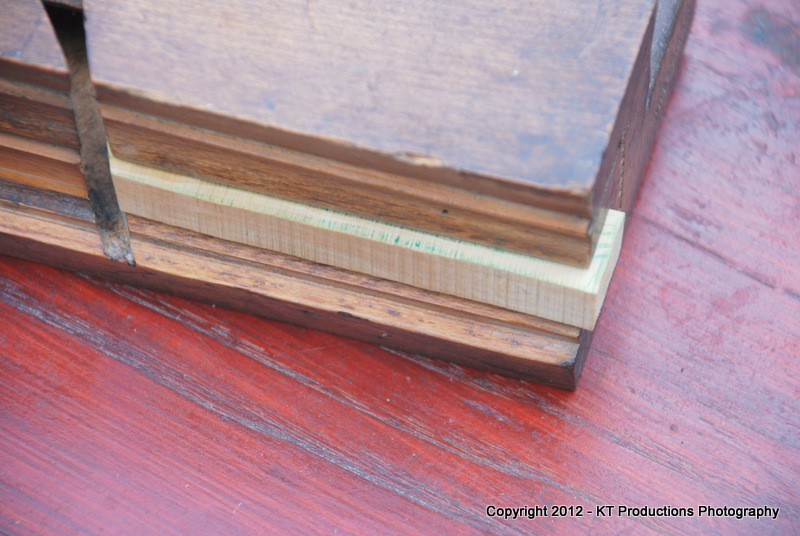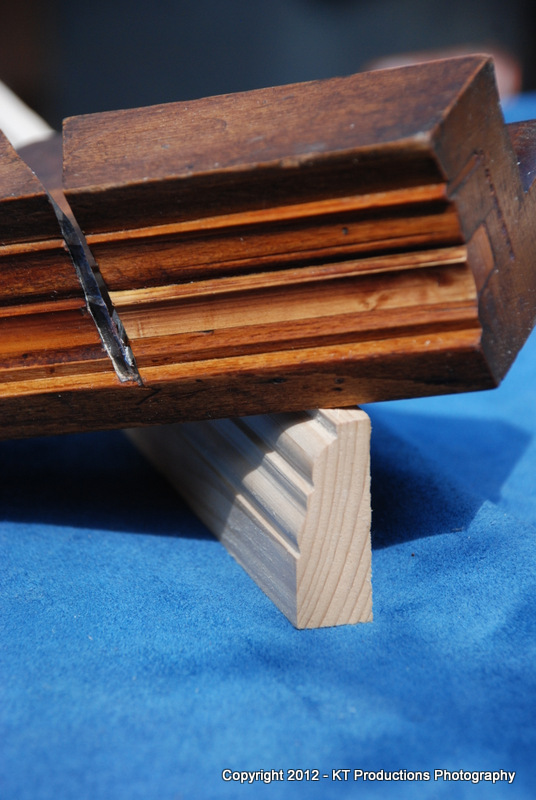Sheffield Tony
Ghost of the disenchanted
Oh dear. This seems to be becoming a bit of a habit. I make pizza for dinner on a Saturday night, drink a bit too much wine with it, then buy some tools I don't need on ebay.
The latest incident is a collection of moulding planes. A few issues, some woodworm, some loose boxwood inserts, and one missing piece from a side bead.
What I am wondering is how the boxing was held in in the first place, and how best to fix it. Was it glued ? Would a smear of Titebond liquid hide glue be appropriate ? I don't have any box to hand, but I do have hornbeam and some spindle, which seems quite a bit like box to work - could either of these do as a substitute ?
Secondly, woodworm holes. One plane is pretty much riddled, but there are a tolerable number of holes in some others. Is it safe to assume the worm has gone, or to treat ? I have heard of a blast in the microwave as one approach. And any suggestions for fillling the holes ?
The latest incident is a collection of moulding planes. A few issues, some woodworm, some loose boxwood inserts, and one missing piece from a side bead.
What I am wondering is how the boxing was held in in the first place, and how best to fix it. Was it glued ? Would a smear of Titebond liquid hide glue be appropriate ? I don't have any box to hand, but I do have hornbeam and some spindle, which seems quite a bit like box to work - could either of these do as a substitute ?
Secondly, woodworm holes. One plane is pretty much riddled, but there are a tolerable number of holes in some others. Is it safe to assume the worm has gone, or to treat ? I have heard of a blast in the microwave as one approach. And any suggestions for fillling the holes ?




































